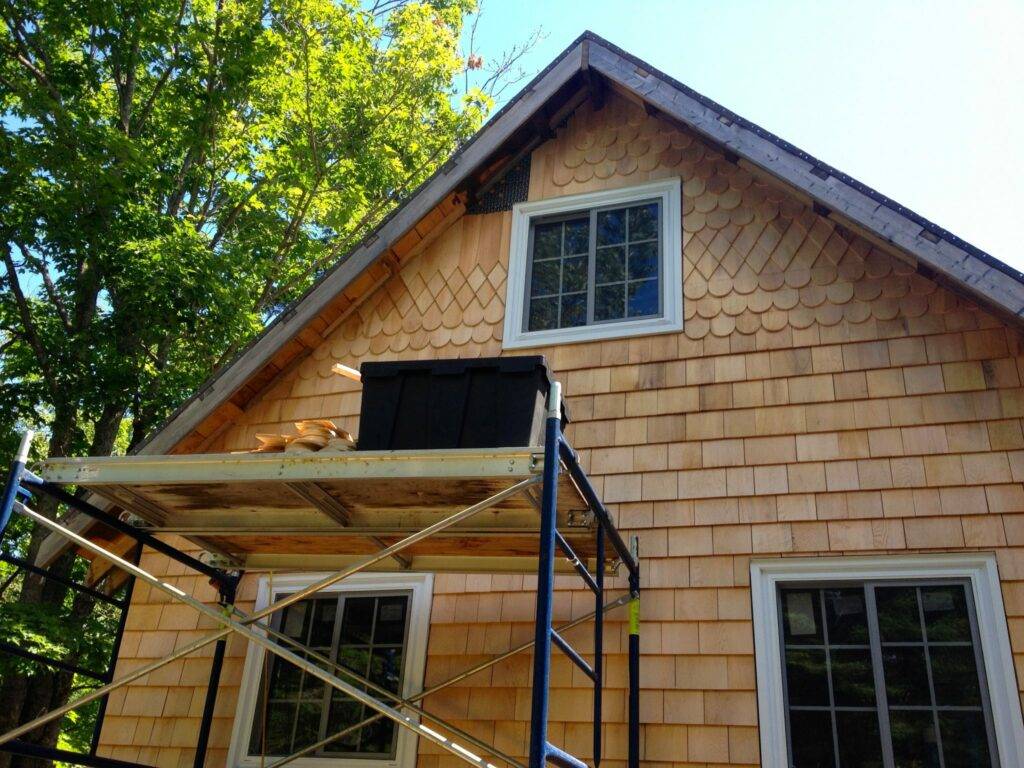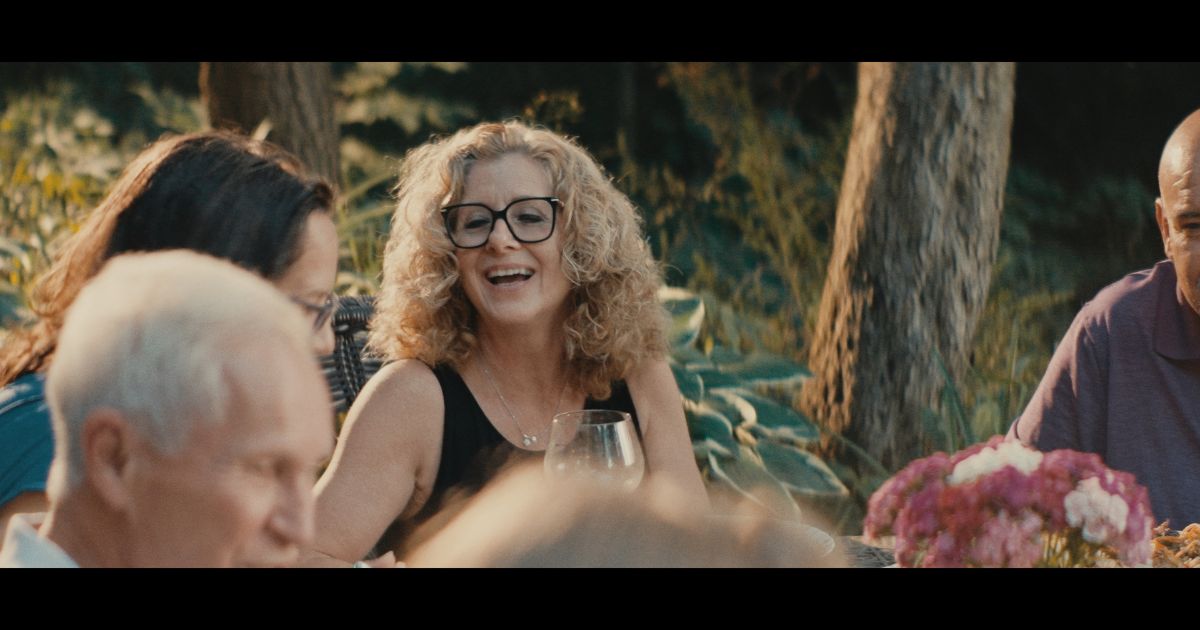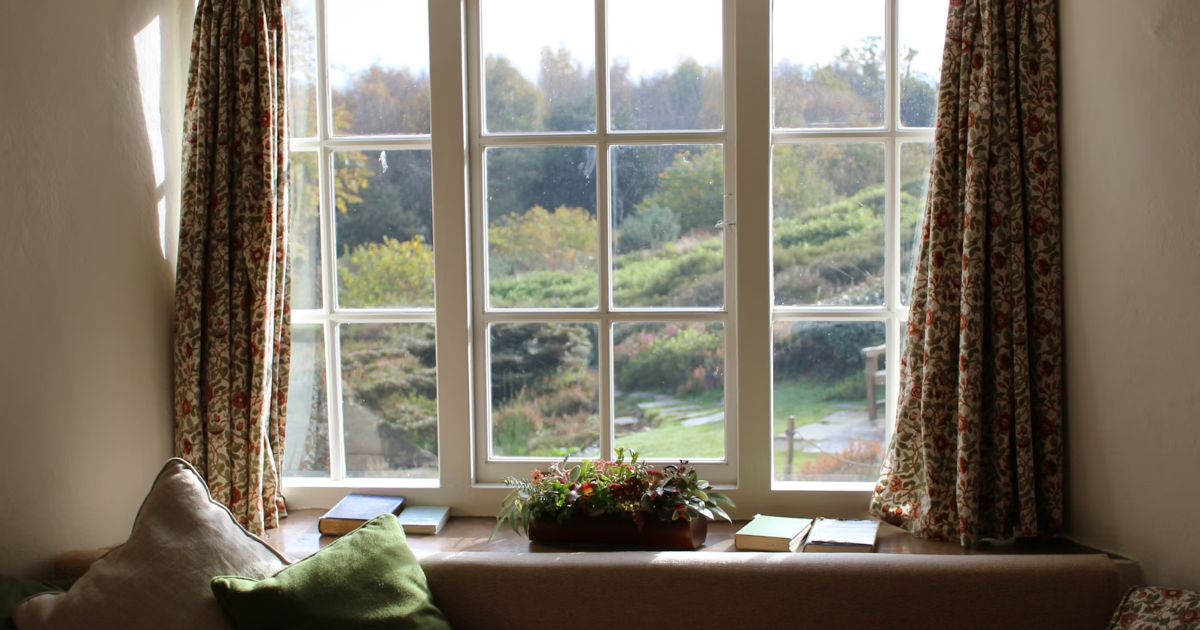There’s something about owning a cabin in the woods that continues to fascinate people. The attraction endures even in our age of smartphones and wifi, but dreams alone are a poor substitute for reality. If that cabin life is ever going to become real for you, you need hard skills, a willingness to get dirty, and the ability to see a project through to completion. Do you want to actually build a cabin instead of just dreaming about it? This article could be your first step.
Lessons From My Experience

I’ve been building for 30 years, and if I had one wish about my time with the tools, it would be to know the technical tricks and ways of thinking at the beginning of my career that I know now. You’ll get a little of this here. Experience has taught me what works, what doesn’t and what matters most when it comes to building small, beautiful, classic cabins in the woods. So, learn from my mistakes with my seven most important cabin lessons.
Lesson#1 Build a Model

Never built anything before? That’s okay. Just start with a scale model. It’s the best way to develop building skills and it’s important precisely because of the struggles it puts you through. I recommend models made with little pieces of “lumber” cut to scale for width, but bigger than scale for thickness. This makes it less split-prone when it comes to nailing parts together, with no affect on the value of the model. If you’ve never built anything big before, and the model proves more than you can handle, consider yourself lucky. You just learned that you’re not yet ready to build a cabin.

Lesson#2: Good Design Matters
There’s no end to building plans online, but surprisingly few cabin plans deliver an authentic cabin experience. So what makes for a good cabin design? A steep roof that’s 45º from horizontal is essential in my book because it lets you use the space underneath the roof as a loft. And you’ve got to have a front porch because it creates a transition zone between indoors and outside. There should be no sheet materials such as plywood or particleboard visible anywhere. Sheet goods might be practical, but they’re also enormously ugly. Few things look more hideous than 1/2” plywood roof sheathing bristling with shingle nails as you look up from your bed. Too many cabins I see make this mistake. Use real lumber wherever it’ll be seen.
And whatever you do, don’t go too big with your plan. The size of typical suburban homes has skewed our sense of how much floor space we need to be happy. A 500-square-foot cabin done with tasteful details and trim is better than a 1000-square-foot cabin that was built stretching the budget. Even if you’re a billionaire, a small cabin size still means it’s easy to keep clean and easy to maintain, all without overpowering the landscape. Simplicity is part of the cabin experience.
Lesson#3: Don’t Get Impatient With the Foundation

This is where a lot of people mess up, including me on the first cabin I built in 1986. The fact is, building a foundation is boring, and they contribute little to your sense of enthusiasm while you’re gearing up to build the rest of the place. That’s why people rush through foundations. Just don’t let that happen to you. Buckle down and build a foundation that’s not going to move seasonally. If the foundation heaves with frost or sinks over time, you’ve got a B-grade building at best.

And while you’re planning the foundation, build it in a way that’s not going to tarnish the appearance of your cabin. Concrete blocks may be simple and fast, but few things ruin the look of a cabin more effectively. I prefer stone foundation piers on a footing. Building stone piers in a form speeds progress and reduces the need for skill. If you can’t build these, then you probably can’t handle other jobs that’ll come later.
Lesson#4: Build for Four Seasons

Impatience is always your enemy when it comes to building, and impatience is the emotion that prompts people to take a “we don’t need that” attitude about insulation in cabin walls and roofs. Don’t fall for it. Even if you’re not planning to use the cabin in winter right now, build the place like you will. Besides the fact that you probably will end up using the place during cold weather anyway, four season construction is just plain more comfortable year-round. Your cabin will be quieter, cozier, cooler in summer, more resistant to bug infestation and less drafty. After all, you’re building a cabin, not a shack.
Lesson#5: Build for Critter Resistance

People aren’t the only creatures that like cabins. Mice, bugs, flies, mosquitos, and bats love them, too. That’s why you’ve got to build without gaps, cracks, and points of entry. There are two reasons this matters more with a cabin than it does with a house in town or a city. Not only are there more creatures in a forest, but you probably won’t be living in your cabin year-round. When the cat’s away, the mice will play – indoors if they can.
Structural insulated panels (SIPs) offer one option for creating a structure that’s more vermin-proof than average. Besides superior energy performance, SIPs make for a more secure indoor environment. This shows up most where SIP roof panels join with walls. Whatever you do, prevent outdoor access to all areas of batt insulation, if you use them. Critters love to burrow in and make themselves at home.
Lesson#6: Install Openable Roof Windows

No matter how much insulation you put in, your cabin loft will be too hot to use in summer. That’s a fact, but openable roof windows solve this problem completely as long as you install enough of them. A 16 x 20-foot cabin with a loft should have four 16” x 32” openable roof windows, in addition to wall windows in the gables. With an insulated roof in place, you’ll enjoy a cool and breezy attic loft experience.
Lesson#7: Choose Appropriate Exterior Materials

In this case, “appropriate” means two things when it comes to cabin siding, roofs, fascia, porches and other outdoor surfaces. First, it means an appearance that’s in keeping with a rustic setting. Few things ruin a forested building site more effectively than suburban materials. And second, appropriate means building materials that will last for decades with little or no maintenance. The challenge is that there are few options that satisfy both these requirements. None of the usual modern, maintenance-free siding options look as good as they should in a forest, but simply choosing natural wood isn’t an answer either. I used to use wood siding on my buildings but I got tired of watching it warp, rot and frequently remind me it needs refinishing. Factory-finished wood side-steps most of these problems, but cedar shingles are my favourite cabin wall siding material by far. They don’t last long enough on a roof in my book, but cedar shingles easily last 50 years without maintenance on sidewalls. You can also install them with unique patterns and shapes. Not all modern materials ruin the look of a cabin. Fiberglass roof shingles last 30, 40 or 50 years and look great. Factory-finished aluminum fascia on roof edges looks fine and is much better than bare wood. Composite deck material looks great, lasts longer than wood and requires no finishing.
If you want to accomplish anything in life, you need to complete certain steps in a certain order. This applies just as much to cabin construction as it does to the rest of life. Learn the lessons from my mistakes and experiences and it will get you that much closer to a cozy cabin that makes you smile whenever you think of it.

So what’s it really like living in your own cabin? Rays of early morning sunlight peek gently through double-hung windows, easing you into wakefulness. Getting up from your bed in the loft, you look over the railing and see everything you need for a simple, happy life: a pine table for meals; a writing desk; a collection of favorite books on wall shelves just below the ceiling. There’s a wood box filled with logs, split and ready for the woodstove. Built-in shelves are stocked with the kind of comfortable clothes that most people only get to wear on weekends. And as you gather your thoughts for the day, you find something else here, too. It’s the ease of knowing that your life isn’t caught up in the treadmill of cleaning a huge home while serving a monster mortgage. Your life is simple, it’s good, it’s yours and it’s paid for. This is the essence of the cabin dream. Click here for a detailed cabin plan and video instruction course on how to build it. https://baileylineroad.com/tiny-home-cabin-plans/
Steve Maxwell and his wife Mary live on a 90-acre modern homestead on Manitoulin Island, Ontario in a stone house they built with local materials beginning in 1985. Steve is Canada’s longest-running home improvement and how-to columnist and editor of Home and Property. He divides his time working on the land, building things large and small, and creating articles and how-to videos that teach sustainable, self-reliant, hands-on living skills.











